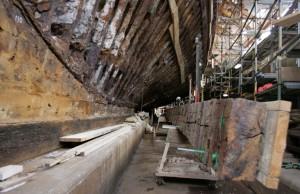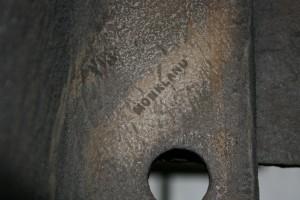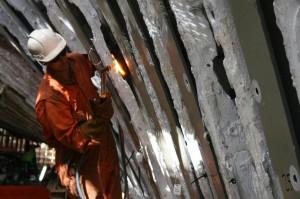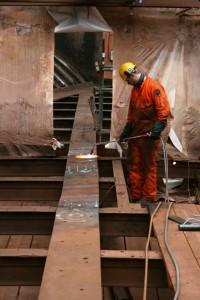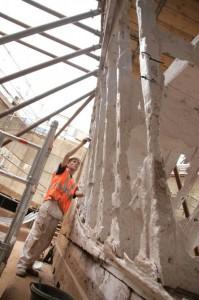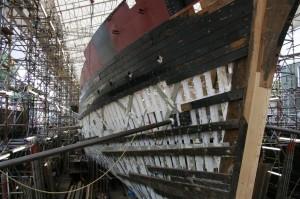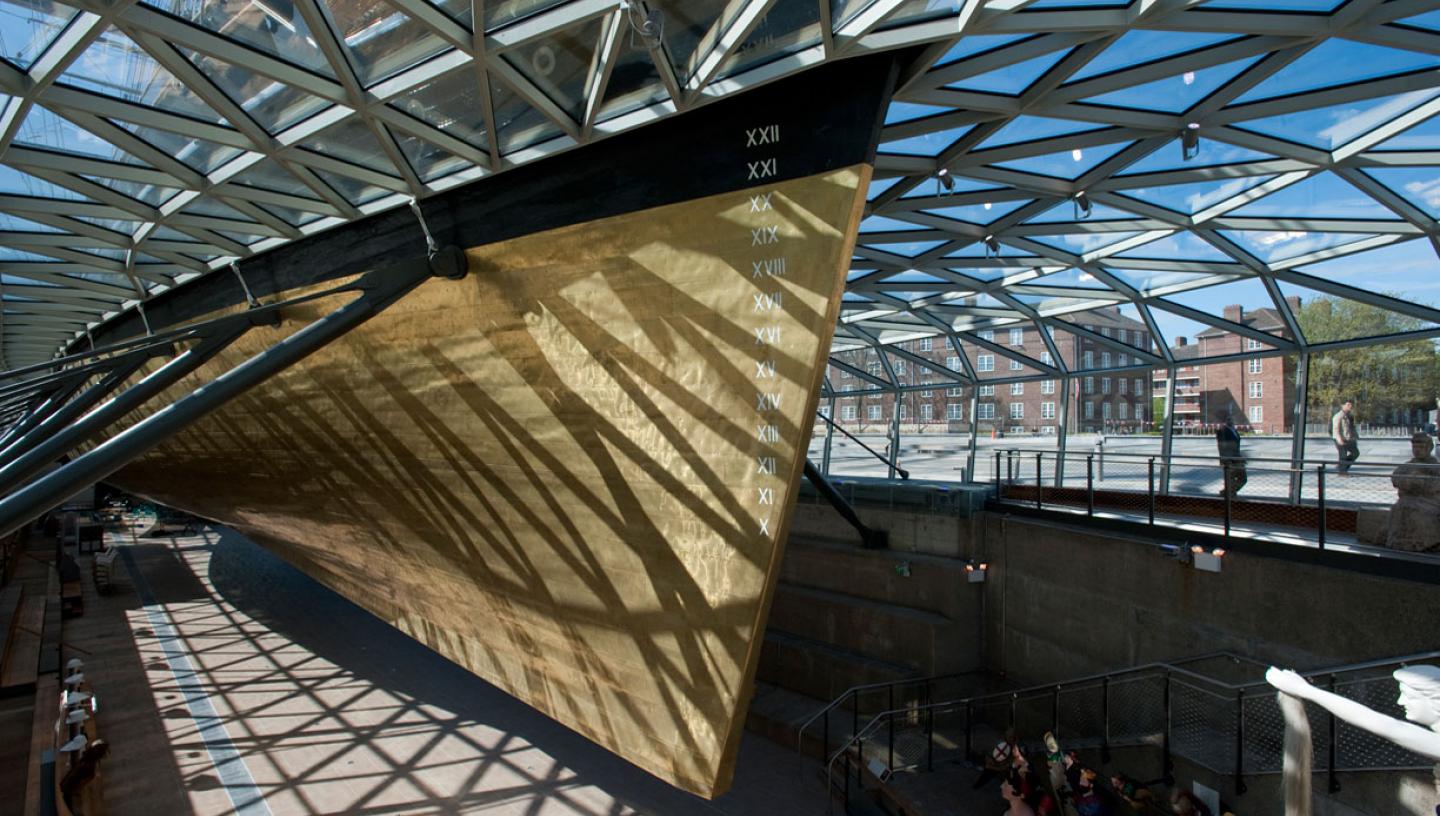
Essential Information
| Location |
Cutty Sark
|
|---|---|
13 Feb 2014
Between 2006 and 2012, the Cutty Sark Trust undertook an ambitious conservation project to save the last remaining tea clipper.
Recollections is a series of short interviews with key people who worked on the project. Jim Solomon, lead conservation consultant for the project, gives his insights.
Was the conservation of Cutty Sark a unique project?
Every historic structure is different, but the philosophy is the same: you are trying to keep as much of the historic fabric as possible, despite changes happening to the structure. It’s a case of managing the process, understanding what is significant while at the same time changing or modifying to make it successful and interesting.
How did you go about conserving the ship?
Finding the treatment for the ironworks was the most challenging part of the project – it’s the conservation of the ironwork that will determine the life of the ship so it was very important that we got that right – but it was also the most interesting and rewarding. When we first came on the job, the Cutty Sark Trust had been investigating treating the iron corrosion without removing the planks. Extensive trials had already been undertaken with electrolysis – passing an electrical current through the iron to draw the salts out into an electrolytic solution. We found that the method certainly worked but the process has to be carried out bit by bit, in small tanks which were very difficult to make watertight. Eventually the Cutty Sark Trust agreed that this was not the way to go: we could get a surface just as good by grit blasting which could then be given a very high quality protective paint coating, and if all the planks were removed, we could treat and protect the iron framework thoroughly.
How much of the original structure was lost in the process?
Very little of the ironwork was lost – only corrosion and packed rust. Of the planks, out of a total of 541 only four were in such poor condition that they could not go back onto the ship. Another 29 were removed to make way for the new steel works.
So did the fire in May 2007 cause no lasting damage?
It had no effect at all on the material properties of the ironwork. The biggest problem was the distortion of the horizontal plates of the ’tween and main decks by the heat below. We straightened some, but the Trust decided not to straighten others, to allow the plates to tell the story of the fire. The main problem we had was laying the decks because we had to cut and carve the timbers over where the plates were buckled. But we were fortunate that so many planks had been removed from the ship as part of the conservation process before the fire broke out. If the fire had been three or four months earlier, when there were more planks and other material on the ship, there would have tremendous distortion and the ship would probably have been irrecoverable.
What was the best moment in the project for you?
The best moment for me – the turning point -- was after the grit blasting when we were getting the paint on the ironwork. Up to that point we had been working for many months on a dilapidated ship in poor condition, timbers falling apart and corrosion everywhere, but when we started to get the white paint on we felt there was light at the end of the tunnel. It was interesting working on the ship and I learnt a great deal. But I am not sure I’d do another!
Watch our short trailer and see how the ship looks today:
